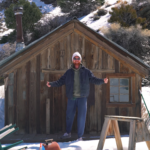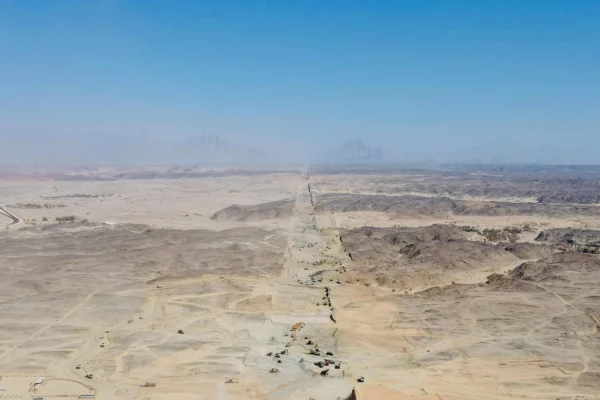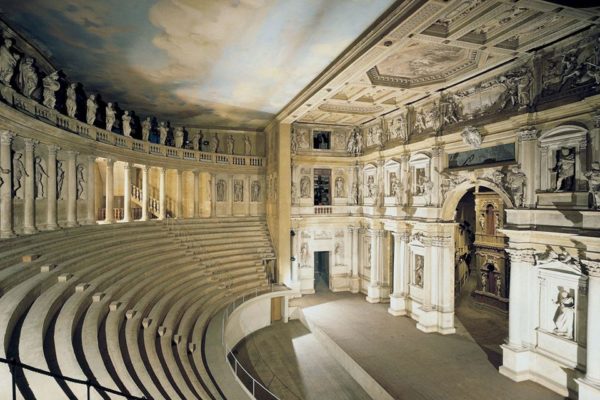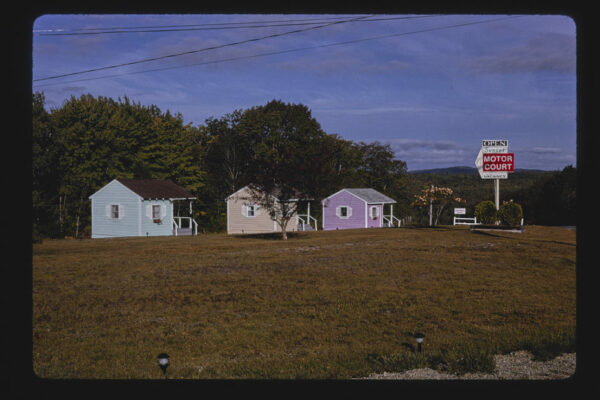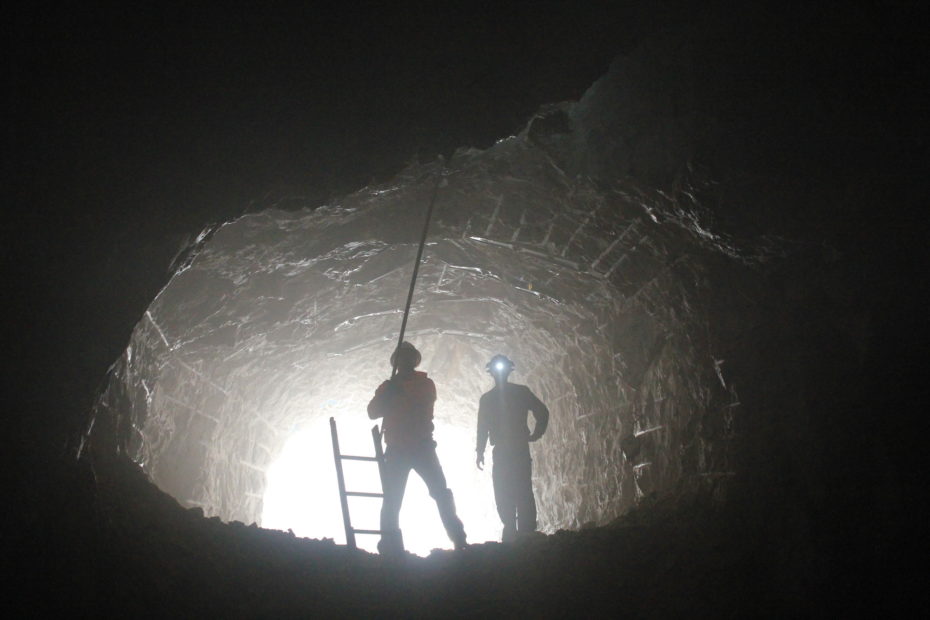
It ticks once a year, the century hand advances once every 100 years, the cuckoo comes out on the millennium, and it will keep time for the next 10,000 years. In the belly of a Texas mountain, picture a huge clock, hundreds of feet tall, and as you read this, it’s quietly ticking away against Doomsday. Over thirty years in the making, and now bankrolled by the world’s richest man, it’s a Jules Verne-worthy project that Jeff Bezos himself had to be a part of. The goal is to create an icon of long-term thinking, something that can keep time without human intervention and survive several millennia in the process. Got a minute to find out why?
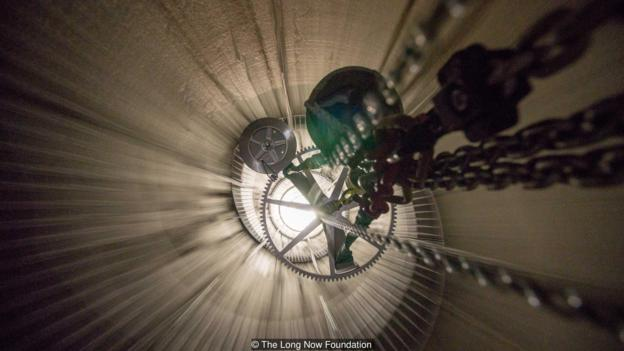
The idea began back in 1989 with Danny Hillis, a polymath inventor, computer theorist, engineer, and designer. He and Stewart Brand, a cultural pioneer and trained biologist, launched a non-profit foundation to build the first 10,000 Year Clock. Then there was rock musician Brian Eno, who named the organization ‘The Long Now Foundation’ and composed a never-repeating melody generator that could ring the Clock’s chimes inside the mountain.
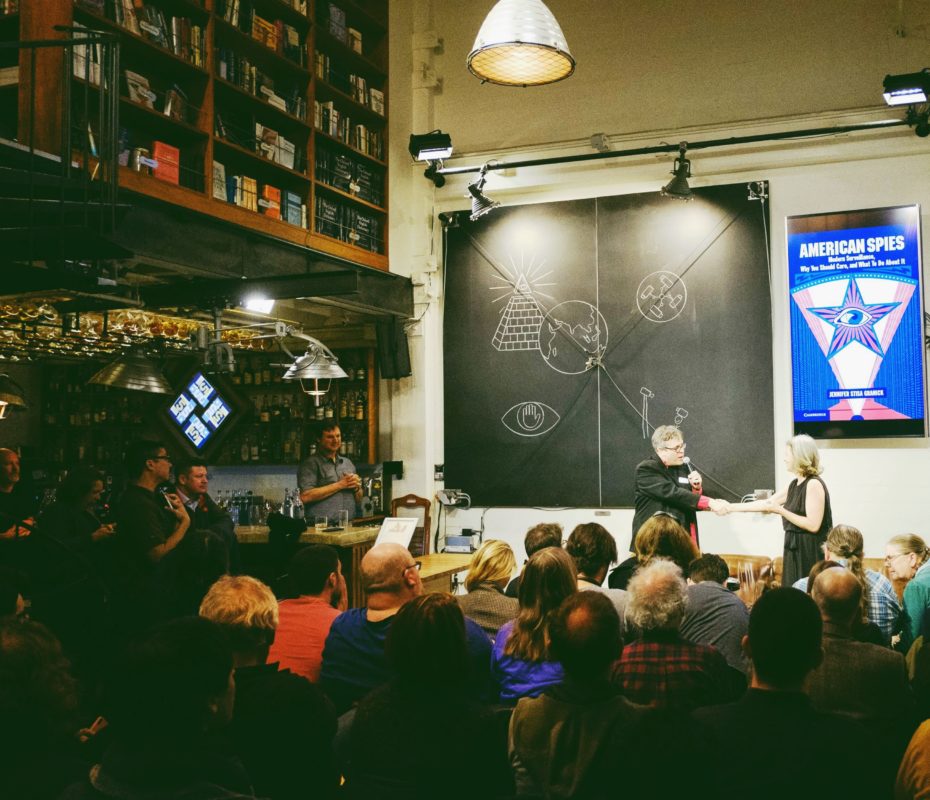
Here at MNC, we’re always fascinated with how humans have toyed with time, but we’re particularly intrigued by the Long Now Foundation. It’s a place where science and eccentricity go hand-in-hand, where the country’s brightest engineers, innovators, and daydreamers are summoned to promote long term thinking and combat what they’ve declared, the prevailing “faster/cheaper” mindset that’s drowning our planet in environmental degradation, and socioeconomic strife.
It may seem ironic then, that the poster child for “faster/ cheaper” and everyone’s favourite villain, Amazon CEO Jeff Bezos, publicly became their primary investor in 2016 and offered up $42 million as well as his own land in West Texas to build the first prototype. Anti-Bezos sentiment has cast a shadow over the non-profit foundation’s work ever since his involvement was announced. The general sentiment goes something like: “if Jeff cared about the long term, he could start paying more in taxes or employee fees”.
From a PR standpoint, perhaps the 10,000 year clock would have been received as a more noble endeavour without having the world’s richest man fast-track it. But after decades of donations, the foundation still wasn’t anywhere close to getting this project off the ground (and ticking).
Which, brings us back to the question: what’s so great about building a 10,000 year-old clock anyway?
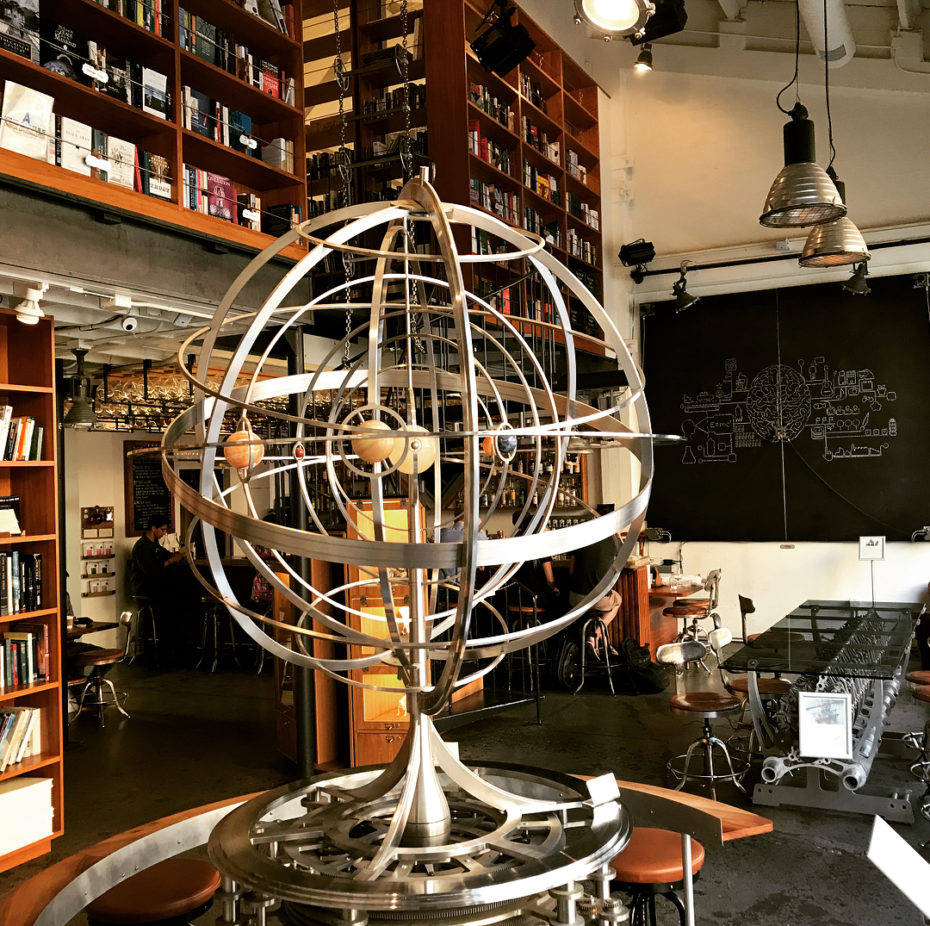
Consider that we as a human race forget to think in the long term. And that short term thinking is what makes us waste resources.
“We hope that by building such things, they challenge us not just technically, but ethically … to become better ancestors” says Alexander Rose, one of the engineers who has spent the last two decades working on the clock.
The idea of designing for extreme longevity in a world where most things man-made aren’t designed to last anywhere close to 10,000 years, prompts us to think about what we can teach generations a millennia away; what structures, knowledge, culture and clues we would leave for mankind in the event that it one day wakes up back in the Bronze Age. It’s also the kind of thinking and technology we need if we’re to one day reach other solar systems.
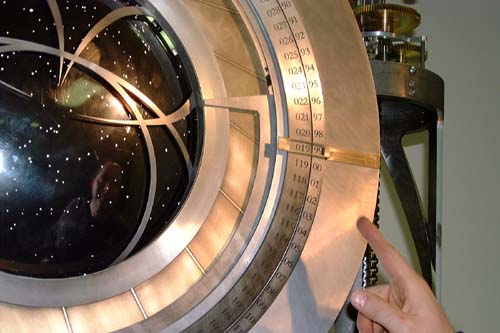
“Few human-made objects or organisations last more than a handful of centuries, much less millennia. Stories, myths, religions, a handful of institutions, as well as some structures and artefacts have lasted this long. Most of these were not built with the intention of extreme longevity, but are accidents of history”.
With or without Bezos, the Long Now Foundation goal has always been to help us think of long term approaches to life on Earth. “[By] actually building a remote monument, the discussions around long-term thinking would be far more focused,” says the foundation on its hopes for the Clock’s cultural impact, “and it would lend itself to good storytelling and myth – two key requirements of anything lasting a long time.”
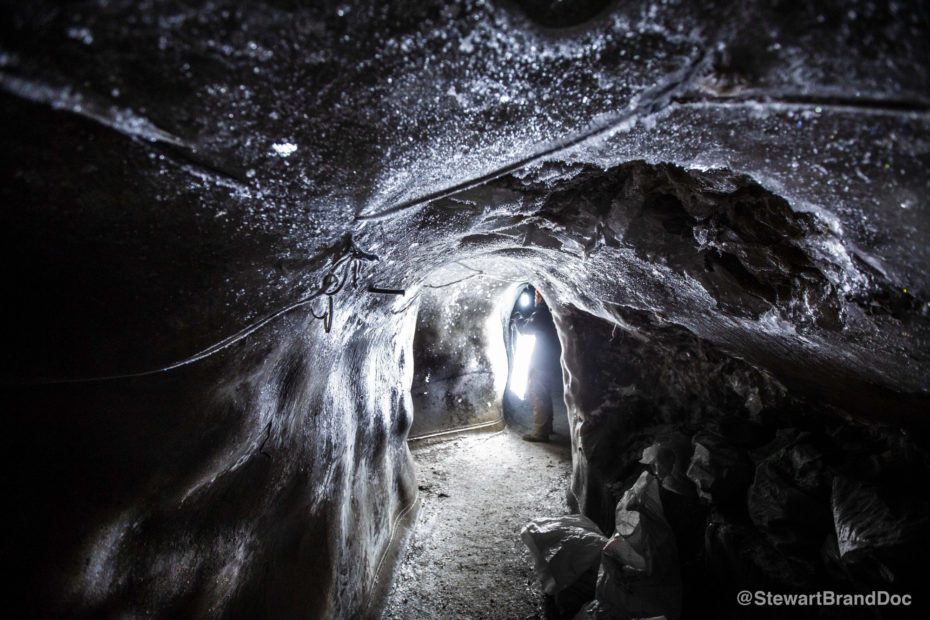
But why bury it in a mountain? “Remote places generally have created much more opportunity for long-term survival,” notes Rose in an essay published on BBC Future. “Some of the most unique and meaningful objects from history have survived not by intention, but by being lost and then found at an opportune moment. The Dead Sea Scrolls, the Rosetta Stone, and the Antikythera Device never would have made it to modern times without first being lost”. Perhaps the greatest challenge the clock faces is man itself – “How do we make something of value and cultural significance that will not at some point be stolen or destroyed?”
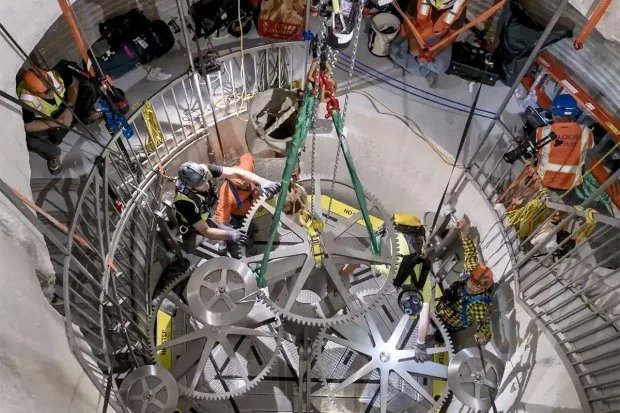
To reach the clock, engineers and visitors must make the gruelling pilgrimage through the desert to a remote limestone mountain near Van Horn, Texas. In fact, details of the journey to the 10,000 Year clock sound more like a journey to the centre of the earth…
“Once you arrive at its hidden entrance in an opening in the rock face, you will find a stainless steel door, and then a second door beyond it. These act as a kind of crude airlock, keeping out dust and wild animals. You rotate its round handles to let yourself in, and then seal the doors behind you. It is totally black. You head into the darkness of a tunnel a few hundred feet long. At the end there’s the mildest hint of light on the floor. You look up. There is a tiny dot of light far away, at the top of top of a 500 foot long vertical tunnel about 12 feet in diameter. The dot of light beckons you. You begin the ascent…”
The Long Now Foundation
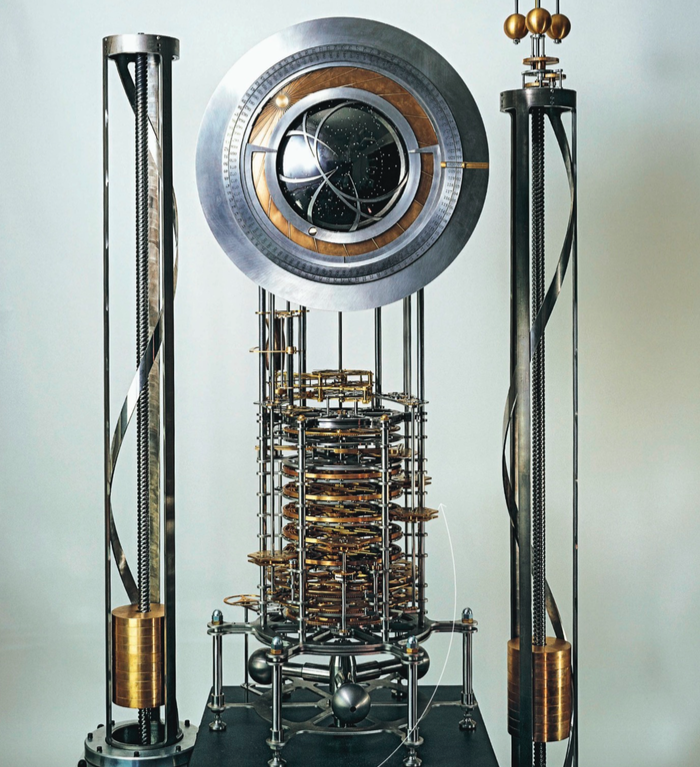
So can it work without us? The 10,000 Year Clock is essentially a giant self winding watch; humans can wind it, but the watch mechanism also self winds from the expansion and contraction of the rock of the mountain itself. The workings of the clock have also been slowed down so that it only ticks as many times in 10,000 years as a normal watch does in a person’s lifetime.
Made entirely from near-diamond hard industrial ceramic bearings created for use in satellites and spacecraft, it goes without saying, the clock is built to last. “Even if only parts of it survive the entire 10,000 years, it is likely that people could determine its purpose and even repair it if needed,” says Rose. (Either than or one day in 400 years, someone stumbles into the cave, sees the giant cuckoo, and think it’s a god).
If you’re interested in visiting the Clock once it’s fully complete, rather appropriately, it will take some long-term commitment. The nearest airport is several hours away by car, and the foot trail to the Clock is rugged, rising almost 2,000 feet above the valley floor. You can either become a member of the Long Now Society (which also has a public museum of sorts) or subscribe to Clock Interest by emailing a blank message to clockinterest@10000yearclock.net.

The Long Now Foundation has numerous other projects of interest, like the hand-held “Rosetta Disk” that contains over 13,000 pages of information on over 1,500 human languages, here.
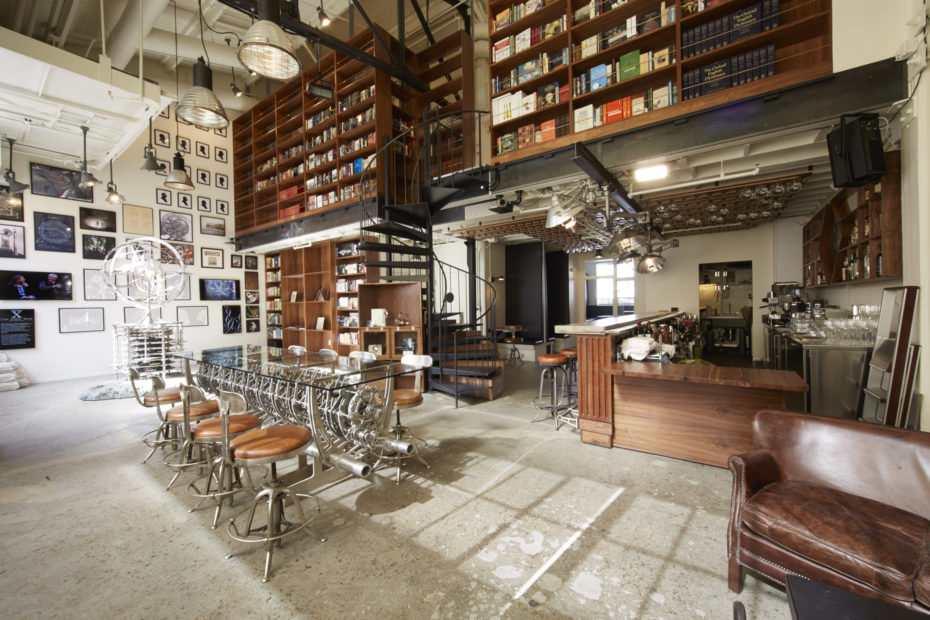
If you’re in the San Francisco, their entire waterfront headquarters is open to the general public, and makes you feel as if you’re in the library of a very fun (whisky-obsessed) scientist who’s on the brink of charting out a trip to Atlantis. Landmark Building A, 2 Marina Boulevard, open 7 days a week from 10:00am ’til midnight.


